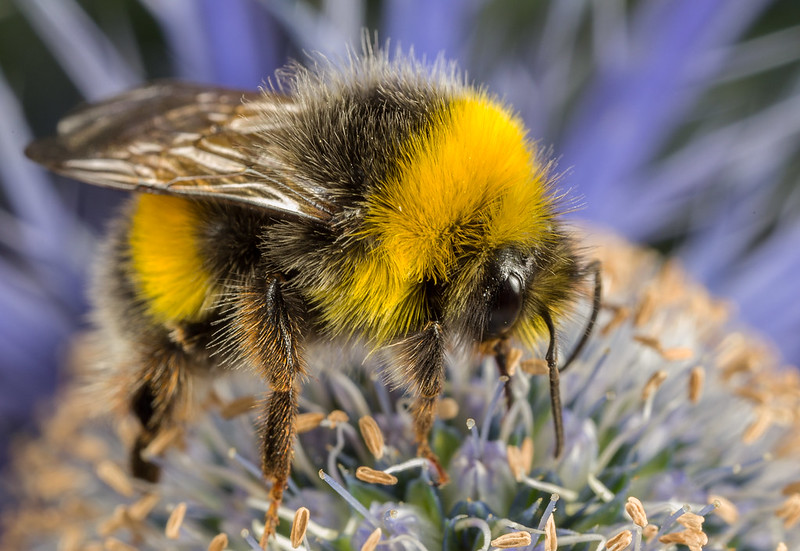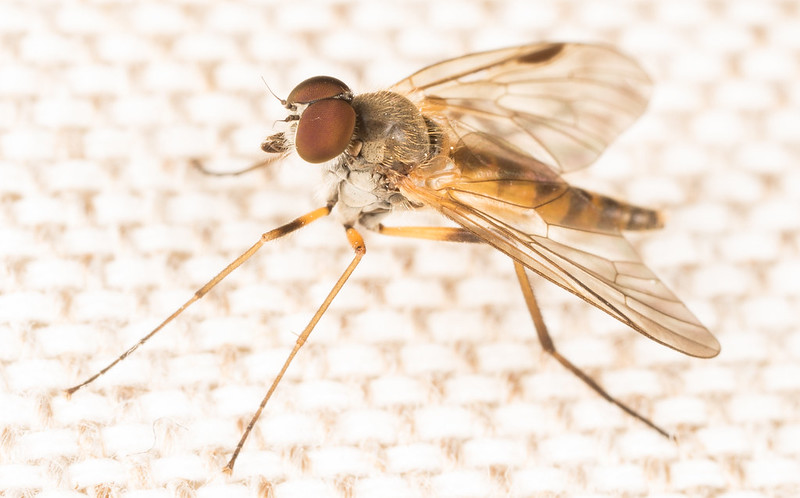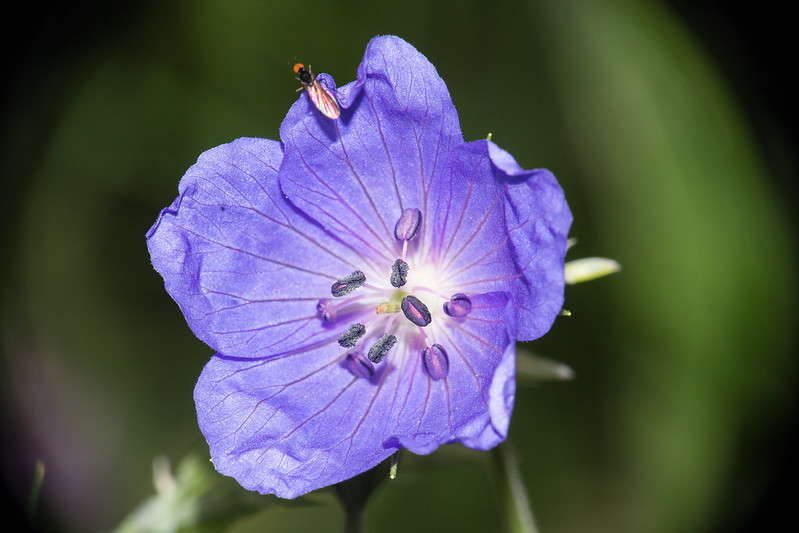Ah. I think that means it isn't a good comparison to base any decisions on. I would try some comparisons where you crop both versions a similar amount (or not at all). You don't have to find a cooperative insect btw - you can (see
my journey thread for example!) do comparisons with static subjects, either outdoors or (I don't know what it is like where you are at the moment but it is very breezy here today!) indoors. With similar (or no) cropping, you will be comparing like with like.
There is an issue of what magnification to use so as to be able to do similar (or no) crops. I think that probably means using the MPE at minimum or near minimum magnification of 1:1. With the Raynox 150 on the 16-300 at full zoom you may find you can get to or perhaps a little beyond 1:1. (I can go to 1.2:1 with the Raynox 150 on my 55-250 at 250mm on my 70D.) This is obviously only the beginning of the magnifications you can get with the MPE-65, but it seems from your original post that 1:1 is a maximum magnification that you gravitate to at the moment, and it is of course as as you can get with most macro lenses anyway (all except the MPE-65 and Venus I think), and so is a reasonable starting point to see whether you can get your camera, 16-300 and Raynox 150 to give you acceptable results. If they can, you can think about stronger achromats to get to higher magnifications if you would like to go there.
If the Raynox 150 won't work well for you on your camera and 16-300, then I would try it on the 24-105. (Incidentally, what is the filter thread on the 24-105? The spring-loaded clip that comes with the Raynox 150 will I think handle up to 67mm.) If that works better, but doesn't give you enough magnification you can think about using a more powerful achromat such as the Raynox 250. If it doesn't work well than you'll need to think about either trying again with a 90/100/105 macro lens or some other approach such as extension tubes.
What were the issues that turned you off 90/100/105 type macro lenses? I'm wondering if it was the faffing around issue like with the MPE-65, or other things?
With the MPE-65, or any of the 1:1 lenses, have you had any help from people like those here who do use these sort of lens with great success? If not, another go with a 90/100/105, or even the MPE-65, and getting some feedback from people here on the practicalities, might be worth trying. Sometimes there are practical tips and tricks which can make the seemingly impossible (or too awkward/bothersome/annoying/slow/unenjoyable to bother with) quite doable.
If none of that works, you could try extension tubes, but I suspect the faff factor could be quite high with them too. But maybe not. It's a very personal thing as to what works for each of us.
Another factor is practice. I think the faff factor is high for any closeup/macro technique/kit to begin with. It needs repetition to develop the "muscle memory" that makes the actions flow smoothly and quickly, without really thinking about it (like with driving a car). Getting good at closeup/macro work is I think quite difficult for most of us. Of course, as in any other area, there are some people who seem to have an effortless, almost magical touch right from the outset, or after just a few days. But it certainly wasn't that way for me. I almost gave up when I started out because I just couldn't get anything in focus with the Raynox 250, which is what I started with. I think for most of us it takes quite a bit of practice, and some helpful feedback and advice along the way. And it's not just at the beginning, not for me at least. Every time I try a new piece of kit or technique I'm initially convinced that it can't possibly be a good idea, because it is to awkward to do/use. Only with practice can I find out if that really is the case or not.
I wouldn't rush to buy anything else at the moment. I think there are some more experiments you can try with what you have. And if you are happy to share the details of your experience/experiments here, I'm sure you'll get helpful practical feedback and suggestions.











